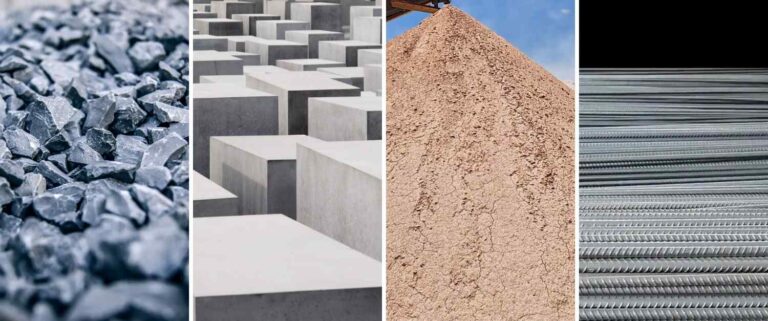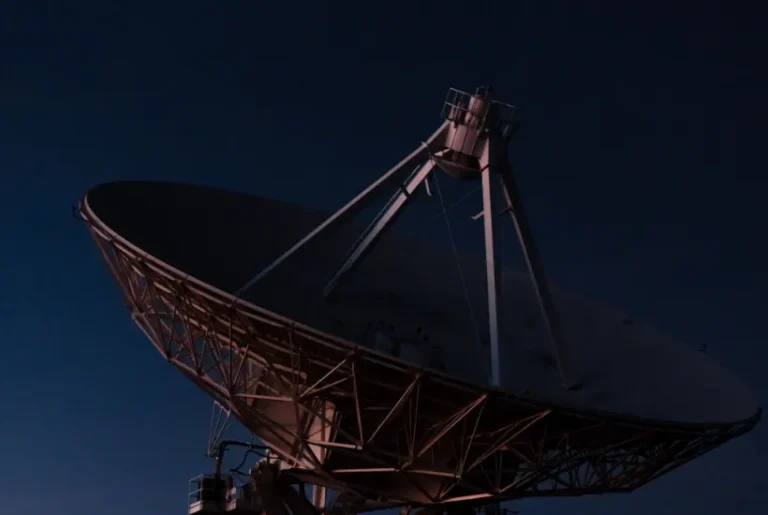Global Trends Shaping Modern Architecture
Around the world, modern building design is being influenced by four key forces:
- Sustainability – Net-zero buildings, renewable energy integration, and eco-friendly construction materials.
- Smart Technology – IoT-driven energy management, automated security systems, and intelligent building design.
- Minimalism & Functionality – Simple geometric forms, open floor plans, and practical use of space.
- Biophilic Design – Bringing nature indoors with green walls, rooftop gardens, and natural ventilation.
These ideas are increasingly being reflected in Bangladesh’s new skyline.
Modern Buildings in Bangladesh: Local Context
Bangladesh’s climate, culture, and economy demand unique adaptations of global trends:
1. Climate-Responsive Design
- Large windows for natural light are balanced with sun-shading devices to reduce heat.
- Rainwater harvesting and rooftop gardens are being introduced in Dhaka and Chattogram.
2. Sustainable Construction
- Use of locally sourced bricks, bamboo, and recycled materials to cut costs and carbon footprint.
- LEED-certified green buildings are on the rise, such as corporate offices and industrial complexes.
3. Vertical Expansion in Urban Centers
- With limited land in Dhaka, vertical growth through high-rise apartments and mixed-use buildings is essential.
- Developers are blending residential, commercial, and community spaces within one structure.
4. Integration of Cultural Identity
- Designs often incorporate traditional motifs, courtyards, and local materials to keep cultural roots alive.
- Modern mosques, universities, and public buildings are balancing tradition with global aesthetics.
Examples of Modern Architecture in Bangladesh
- Bashundhara City Complex, Dhaka – One of South Asia’s largest shopping malls, reflecting modern commercial design.
- Hatirjheel Project, Dhaka – A blend of infrastructure, public space, and urban aesthetics.
- Grameenphone HQ, Dhaka – A corporate building that integrates sustainability and modern design.
- National Martyrs’ Memorial, Savar – Though older, it represents the roots of modern minimalist design in Bangladesh.
Challenges and Opportunities
While modern architecture is growing, challenges remain:
- Urban Congestion – Designing functional yet affordable housing is a big task.
- Energy Efficiency – Reducing dependence on non-renewable power.
- Sustainability Awareness – Many developers still prioritize cost over eco-friendly design.
Yet, the opportunities are immense:
- Smart Cities are being planned in Purbachal and other zones.
- Foreign investment in real estate is driving world-class design.
- Young architects are bringing global exposure into local projects.
The Way Forward
Modern architecture in Bangladesh is not about copying global designs but about creating a hybrid approach—where skyscrapers meet sustainability, and innovation blends with culture. As the country continues to grow, its buildings will not only house people but also reflect the identity of a nation that is modern, resilient, and globally connected.
In summary: Bangladesh is carving its own place in the global architecture scene—sustainable, smart, and rooted in local innovation.




